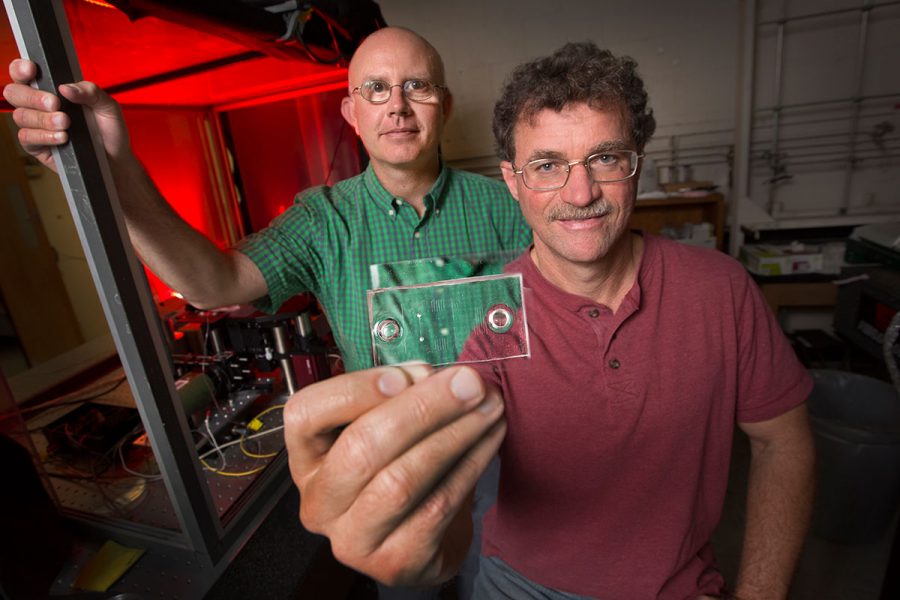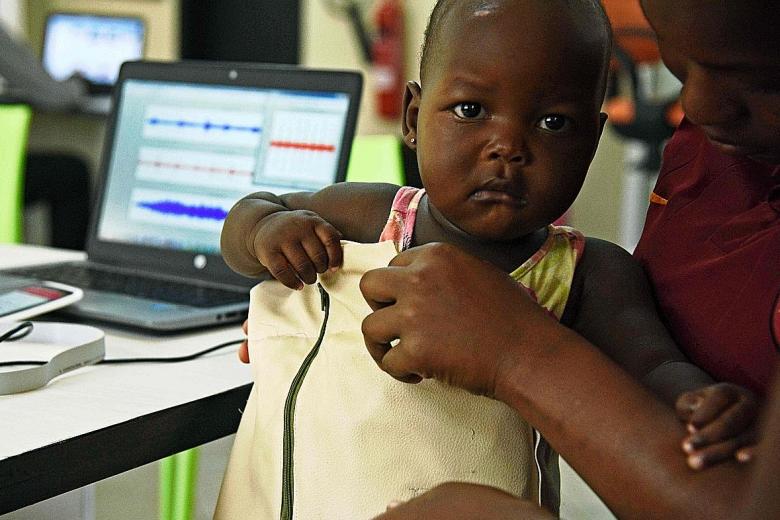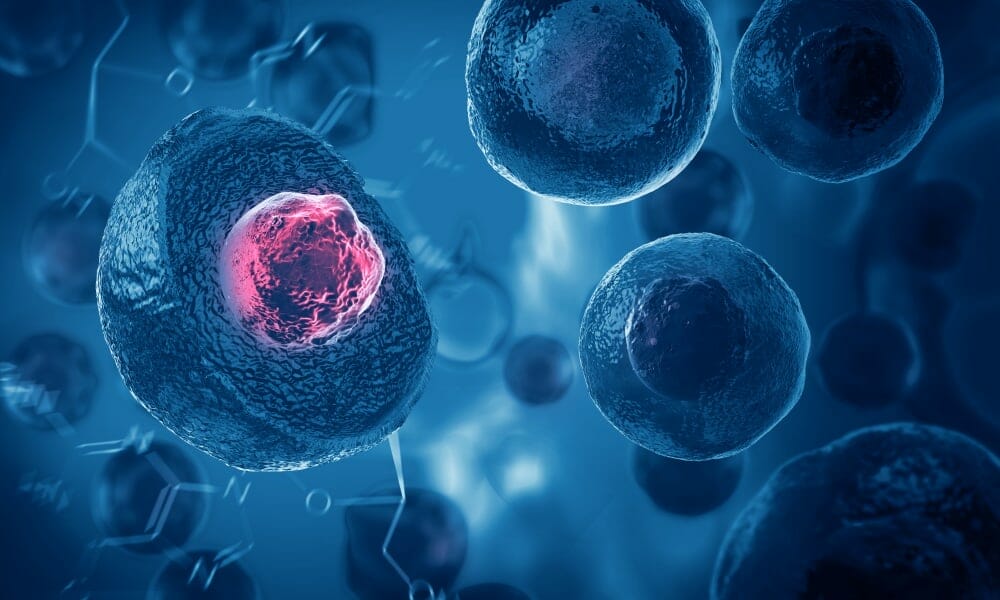Richard Bertram, mathematics professor at Florida State University, has created new research that has successfully revived oscillations in the pancreatic beta cells that are necessary for producing insulin naturally. This is one of the first milestones needed in bringing back a person’s natural source on insulin. For people living with diabetes, that’s the biggest problem. A typical diabetic person’s pancreatic cells produce very minimal insulin to control blood sugar, or none at all. This presents huge risks for hyperglycemia, which can be fatal to the people affected. In comparison, around 30 million people in the US struggle with the condition, 95 of which are affected by Type 2 diabetes, better known as diabetes mellitus.

Source: Medical News Today
Bertram pointed out that “there’s no one else using this combination of tools,” and that doing work with insights that no one else has access to is nice, since all the tools and collaboration is readily available.” These tools include Bertram’s own math models and also includes unique “microfluidic devices. This also includes the collaboration of Michael Roper, associate professor in the Department of Chemistry and Biochemistry. He designs and builds precision devices that brings life to Bertram’s math models.
Bertram’s equations can simulate biological responses from a wide range of scenarios. Those responses are then tested in a lab by researchers using a glass microfluidic device. The simplicity of its outer design is exquisitely proportional to the complex workings of its inner design. The device is just the size of your regular credit card. It’s etched with channels only visible through a microscope that can transfer multiple controlled doses of glucose liquid solution to the pancreatic beta cells that lie dormant inside the body. This then forms clusters called islets that are then used to perform experiments on mice using microfluidic devices.
Roper noted that “They’re made a lot like computer chips are made,”. “(The device) allows either one or several islets to be placed within it. Then we can deliver very accurate glucose levels to these cells in a very controlled manner.”, he added. The exact amount of glucose relative to the pancreatic islets allow researchers to test how insulin generation works and if it can be jump-started. The microfluidic device delivers around 1 microliter of glucose to the dormant pancreatic beta cells of the test mice and when delivered in rhythmic pulses, akin to that of a healthy body, it starts up the inherent oscillators found in the islets. These vibrations allows the body to create insulin “naturally” once more.
Source:














